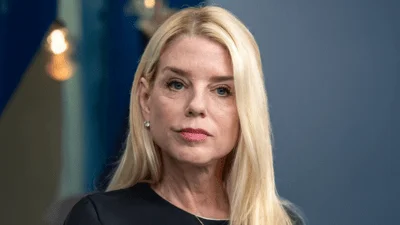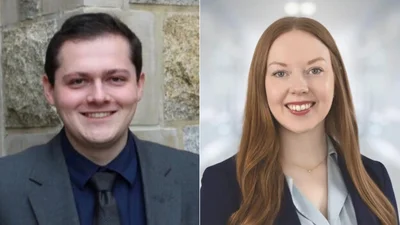Energy and Commerce Ranking Member Frank Pallone, Jr. (D-NJ) delivered the following opening remarks today on the House Floor during consideration of H.R. 3017 Brownfields Enhancement, Economic Redevelopment, and Reauthorization Act of 2017:
Mr. Speaker, EPA's Brownfields Program has changed the way contaminated property is perceived, addressed, and managed. I was proud to work with the late Republican Congressman Paul Gillmor in creating the Brownfields Program back in 2002, and I’m proud to be here once again today as we bring up a bipartisan reauthorization of this law. I want to thank our Environment Subcommittee Chairman Shimkus, Ranking Member Tonko, and full Committee Chairman Walden for all of their work in getting us to this point today.
By almost any metric, the Brownfields program has been a remarkable success.
Since the program’s inception, more than 27,000 contaminated sites have been assessed or remediated, allowing communities to create new developments.
Removing public health hazards by cleaning up contaminated sites is incredibly important for the surrounding communities. With financial help from the federal government, communities can clean up contaminated sites and prepare them for development for parks, commerce, housing, or a number of other uses that can benefit a local community.
EPA has found that cleaning up underutilized or abandoned brownfields properties reduces health risks, decreases pollution and reduces storm water runoff.
But this is not just a program that provides environmental benefits - it is a job creator that primes the pump for local investment and development. All told, the Brownfields program has leveraged over $24 billion in investment surrounding these sites and almost 130,000 jobs, which is a stunning return on the federal government’s modest investment in the program. Simply put, it provides tremendous value to the federal government and a boost to the economy in local communities.
The Brownfields program has been an incredibly important tool for protecting public health and spurring economic growth in New Jersey and throughout the country.
The original authorization for this program expired in 2006, and while Congress has continued to appropriate resources for the program, funding has declined. Last year, there was a question as to whether the President would request any funding for this important program in his budget.
So it is important that we reauthorize the Brownfields program and stress the need for continued funding. H.R. 3017 is a bipartisan bill that reauthorizes the program until 2022 at $200 million annually, and reinstates a $50 million annual authorization for grants to assist states and Native American tribes. It makes important reforms to improve the flexibility of the Brownfields program, authorizing multi-purpose grants, raising the limits for grants per site, and removing some funding caps in current law.
The bill also allows EPA to reserve as much as $1.5 million in brownfields funding each year to assist small communities, tribes, and rural or disadvantaged areas. Grants could be used for training, research, and technical assistance. Additionally, H.R. 3017 would require the EPA to consider the potential for renewable energy production when ranking applications for brownfield grants, to incentivize green energy projects.
Mr. Speaker, this bill is a compromise. I would have liked to included more funding for this important program, but I believe this bill will improve the program and bolster the federal investment in cleaning up these sites. I support this bill and strongly urge my colleagues to do the same. With that, I reserve the balance of my time.




